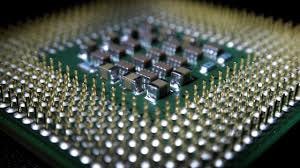Computing power
A tour of CPU concepts like multicore, and Hyperthreading. Plus how HTTP client-side caching works.
Hi Friends,
Welcome to the 24th issue of the Polymathic Engineer newsletter.
Today we are hitting a significant milestone: we are now 2K+ people interested in algorithms and distributed systems.
Thanks to all the new subscribers and all those who decided to stay. I appreciate it, and I'll try to make this newsletter consistently better.
Today we will talk …


